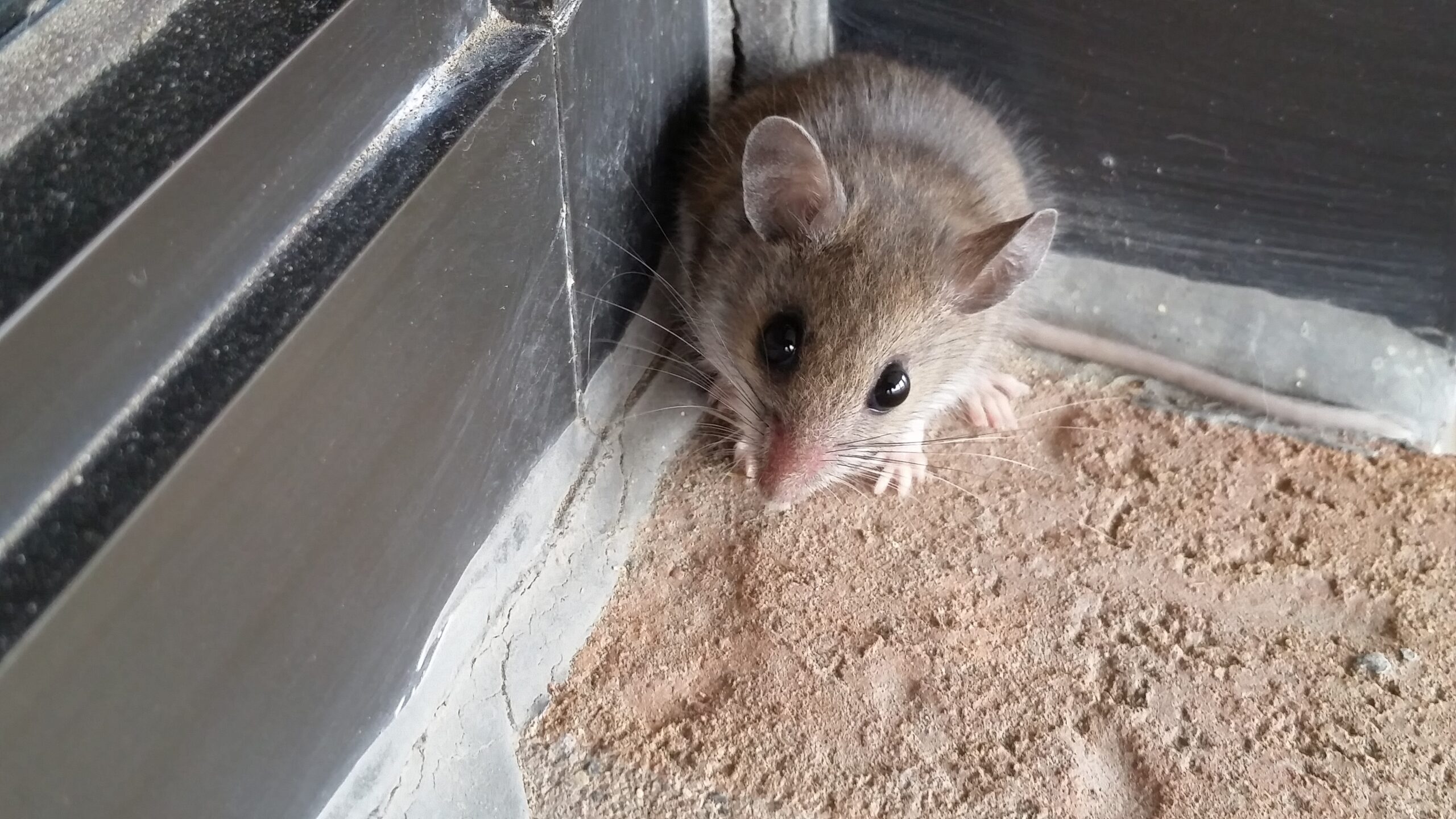Rodents have a complicated history when it comes to their interactions with people. While some types of mice and rats are appreciated as cute pets, wild rodents scurrying around a house are seen as vermin. The thought of them anywhere inside a home makes people’s skin crawl. While the issues are complex, undomesticated mice should not share your dwelling.
If you see them running about, you likely have an infestation. Humane wildlife control specialists handle mice removal in Durham compassionately and safely. Mice and rats play an essential role in our biosphere and need to be protected so they can do their important work. So how did these industrious and clever mammals get such a bad rap? Media and history play an important role.
What Makes People Fear Mice?
Media plays a big part in how individuals perceive the animal kingdom. As kids, we are inundated with images of animals in cartoons that depict mice and rats as either lovable friends or shifty characters. Mickey Mouse is one of the most beloved of all cartoon characters. And who doesn’t love the Country Mouse and City Mouse cousins going on their adventures or adorable Jerry outwitting Tom? These depictions show mice as smiley, friendly and cute.
However, many angry rodents (mainly rats) appear in cartoons as bad guys looking sinister with sneering grins and mean-sounding voices. These depictions have an impact on how we look at these animals.
In all fairness, though, mice’s actions play a part in people’s reactions. They are shy creatures and try to avoid human contact. Unfortunately, their fast and sometimes erratic getaway motions place them in the same undesirable category as scurrying spiders. People see these behaviours as threatening to them and their homes and not as mice acting defensively.
Why Is History Important to People’s Perceptions of Rodents?
Rodents as disease carriers are the most challenging and lasting impressions people hold. It’s difficult to undo the fears established by the horrible history of the Great Plague. While most historians now recognize the main spreader of the bubonic plague was fleas on rats that jumped on humans, the image of infected rats remains.
Mice and rats are carriers of disease, so you don’t want them inside your home. These creatures, like all mammals, are susceptible to or hosts for diseases.
Do Rats and Mice Fear Us More?
Rats and mice have instinctive qualities that make them avoid predators. A human to them is nothing more than a large predator. If you encounter a mouse, it’s most likely involved in its food search activities.
Mice don’t want to confront you. This is the reason they stop and dart when people are nearby. They will gladly take up residence with you for a warm place to nest and have babies. And these smart critters understand where humans are, there is food, so they manage risks by taking up shelter in your walls, basements and attics to stay out of sight.
When Do You Need Humane Pest Control?
Mice leave signs of their presence. These are ways to know when you need humane wildlife control:
- Chewed or gnawed materials and wires
- Droppings in various places
- Musky odour
- Tracks throughout the home
- Scratching or squeaking noises
- Nests
Aside from diseases, mice cause safety hazards from their chewing habits. When wires are involved, there is a fire danger.
Your Team for Humane Mice Removal in Durham
Skedaddle Humane Wildlife Control in Durham uses removal and exclusion techniques that protect wildlife and keep them from returning to your home. Once the mice are gone, we clear and clean to ensure the safety of people and pets in your home. We offer a lifetime guarantee on our workmanship and materials. Contact us for more information about our services.




